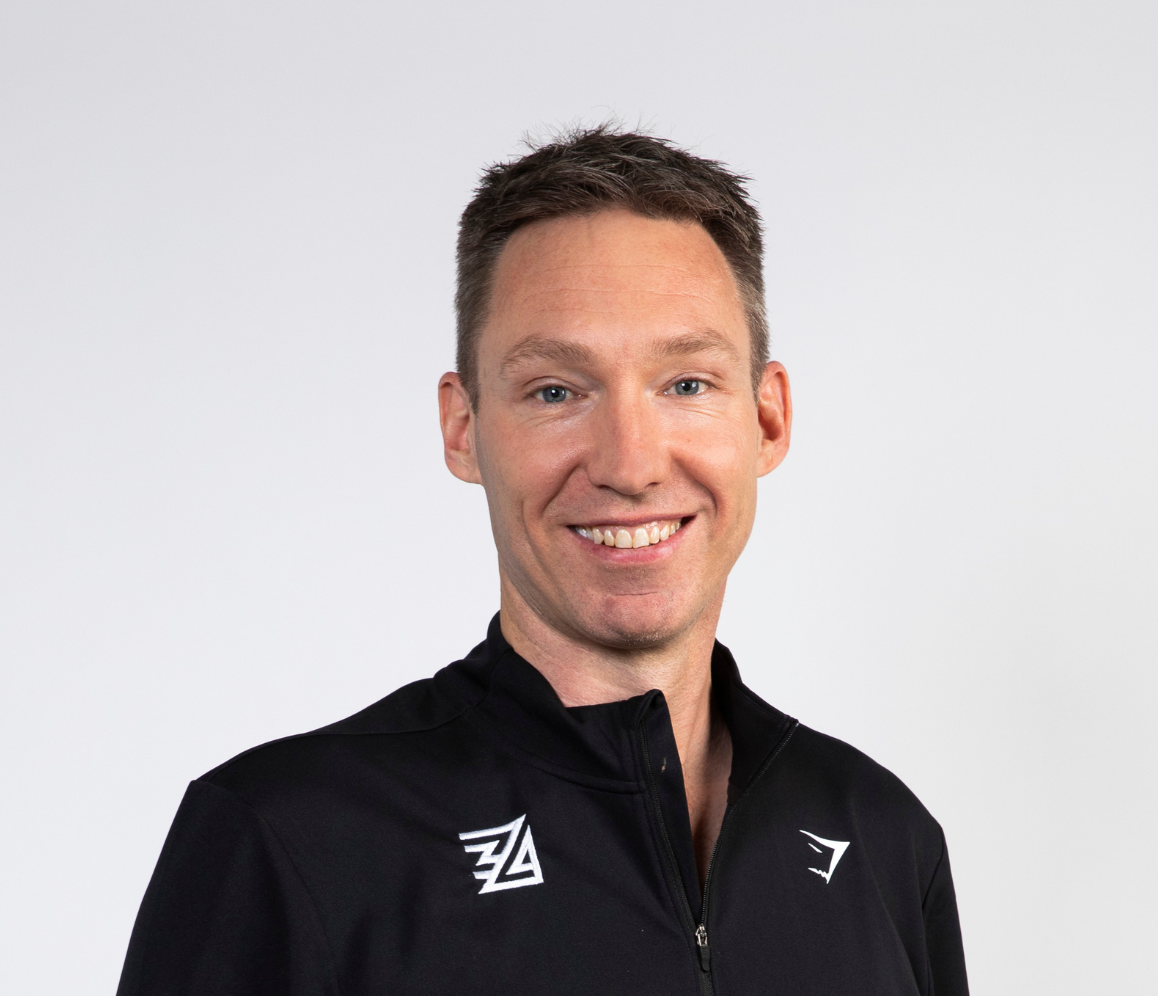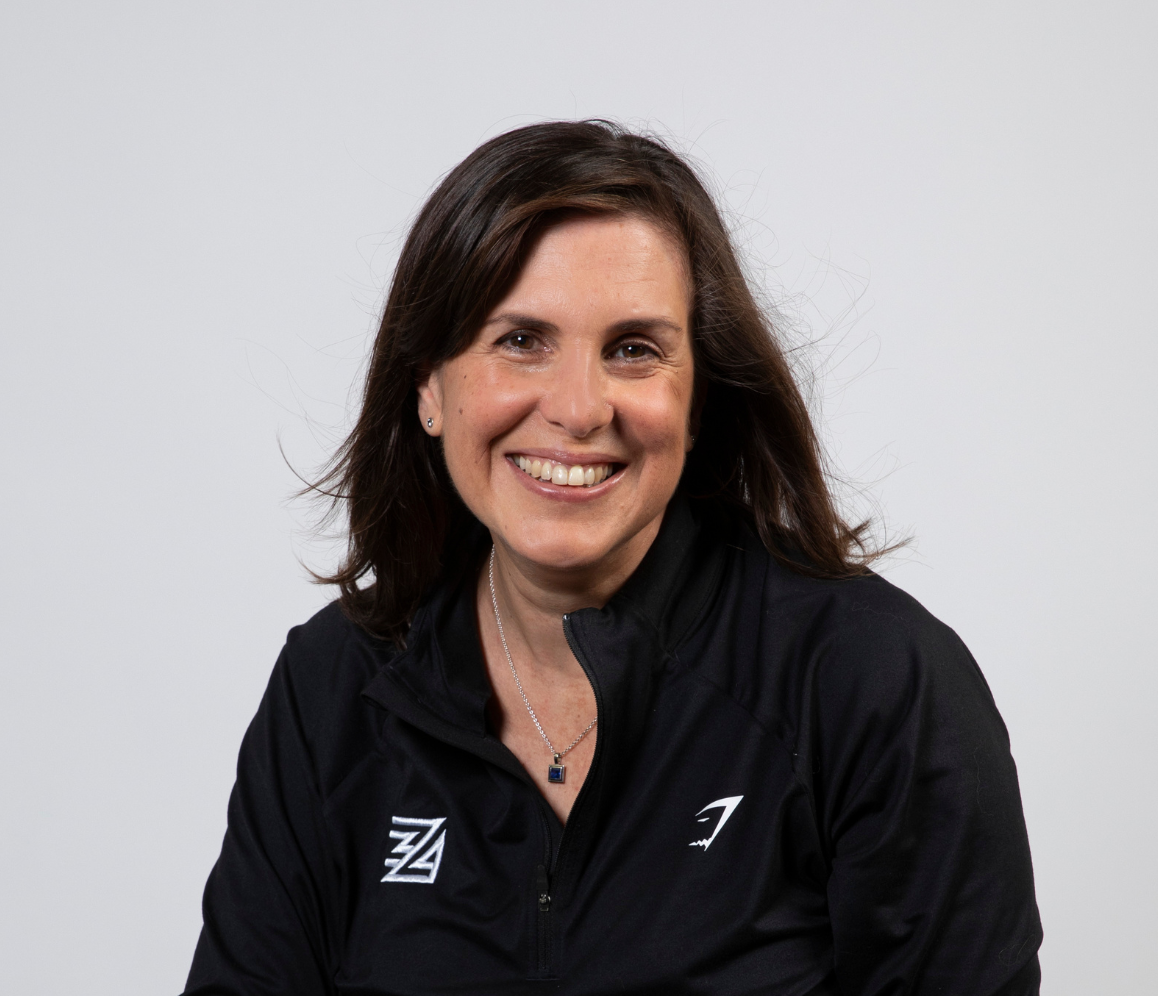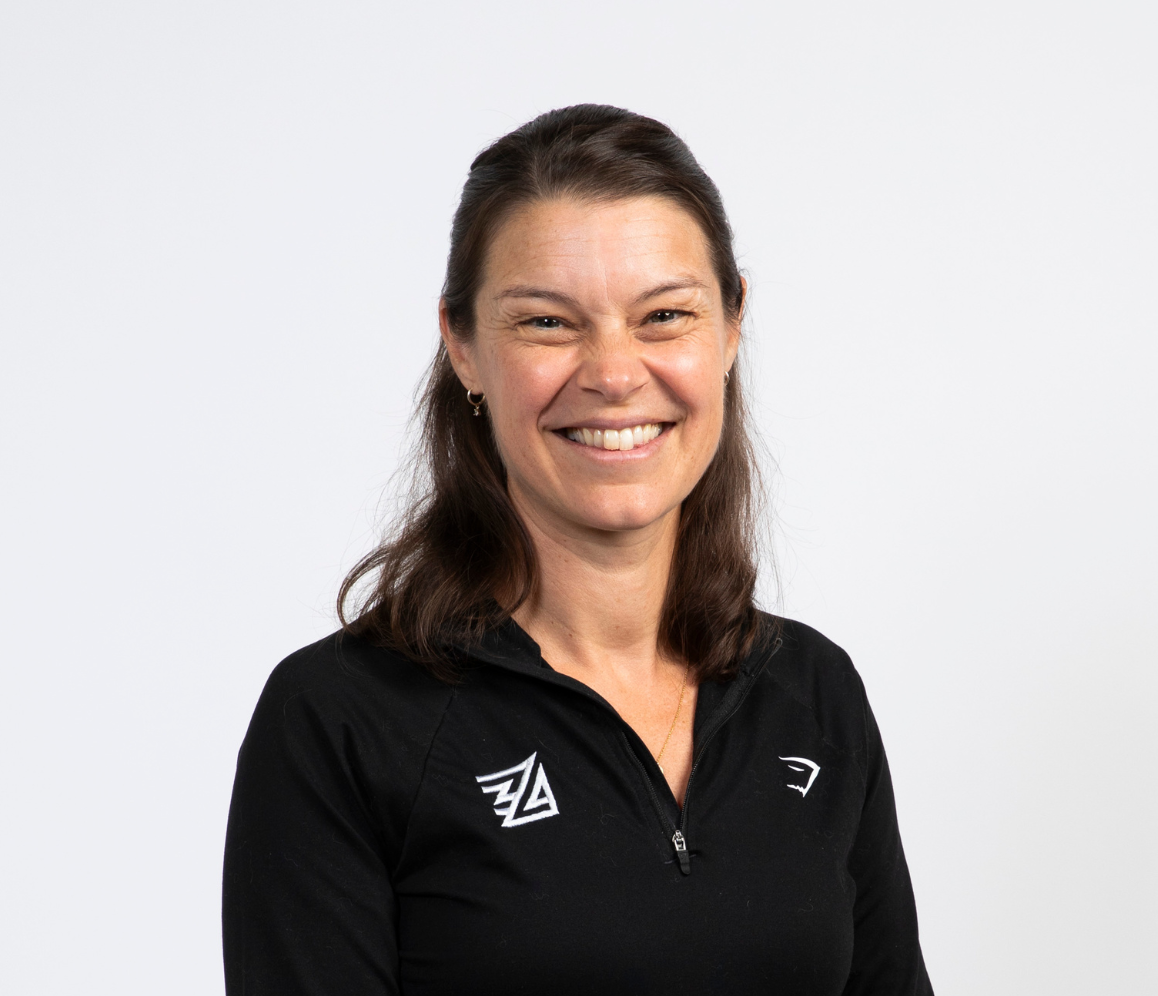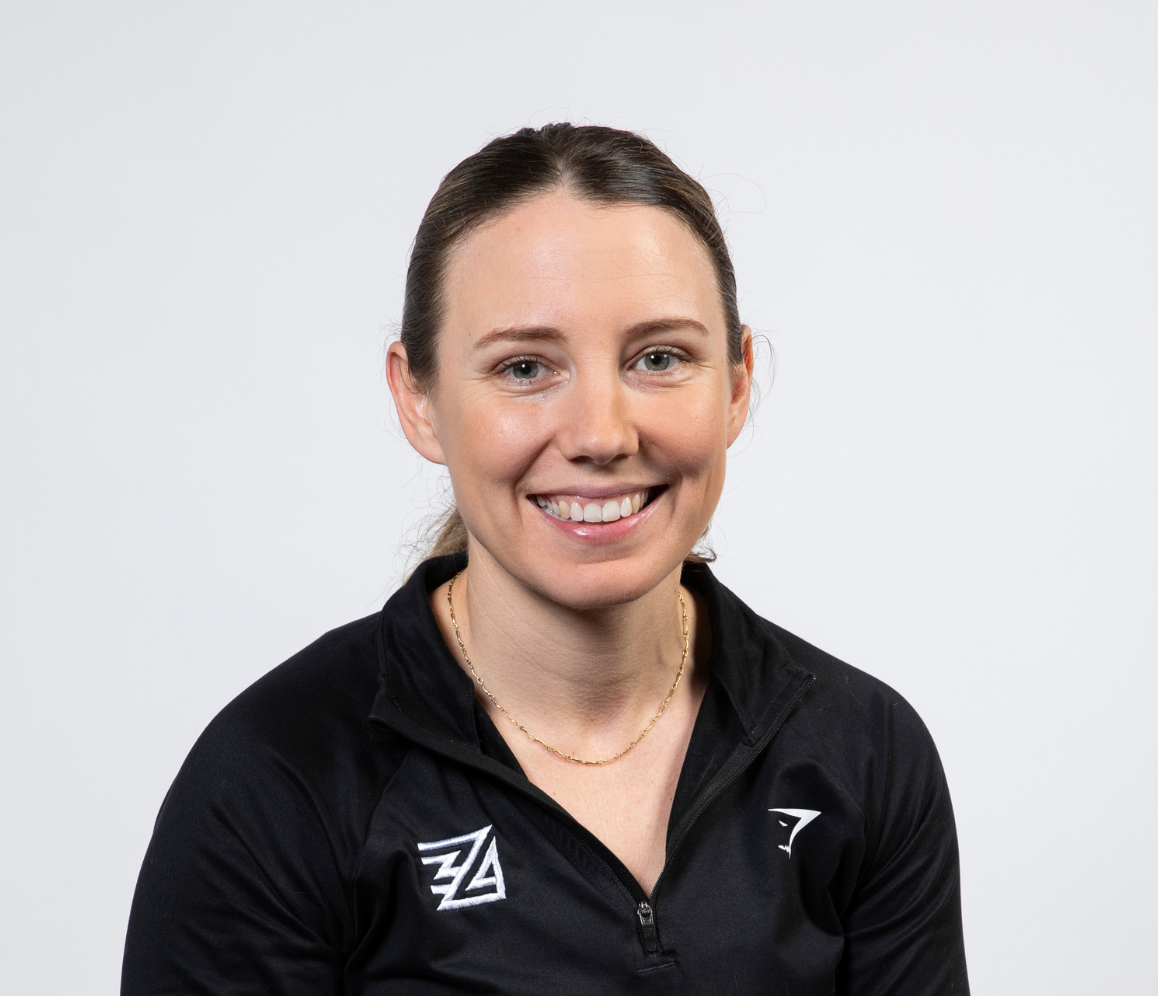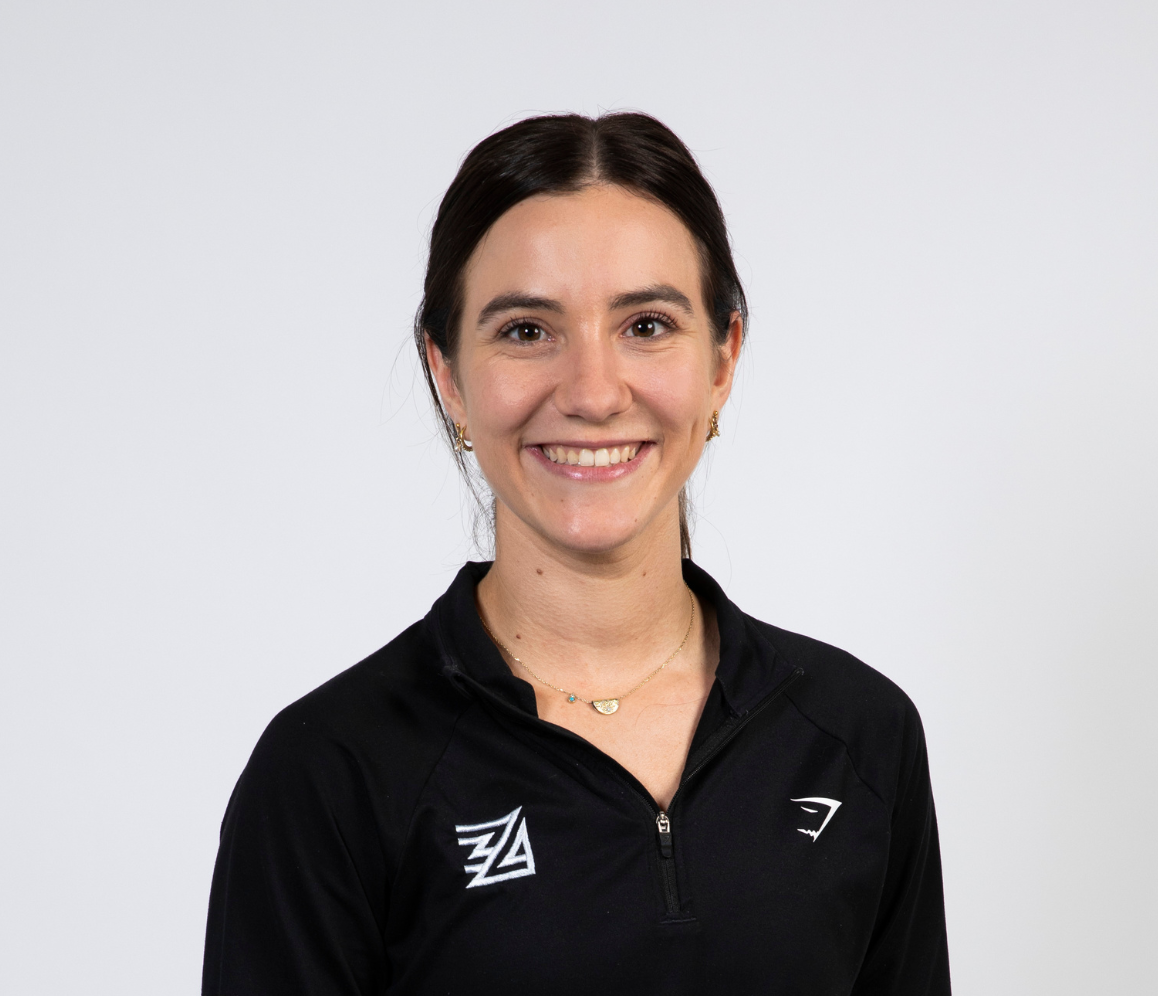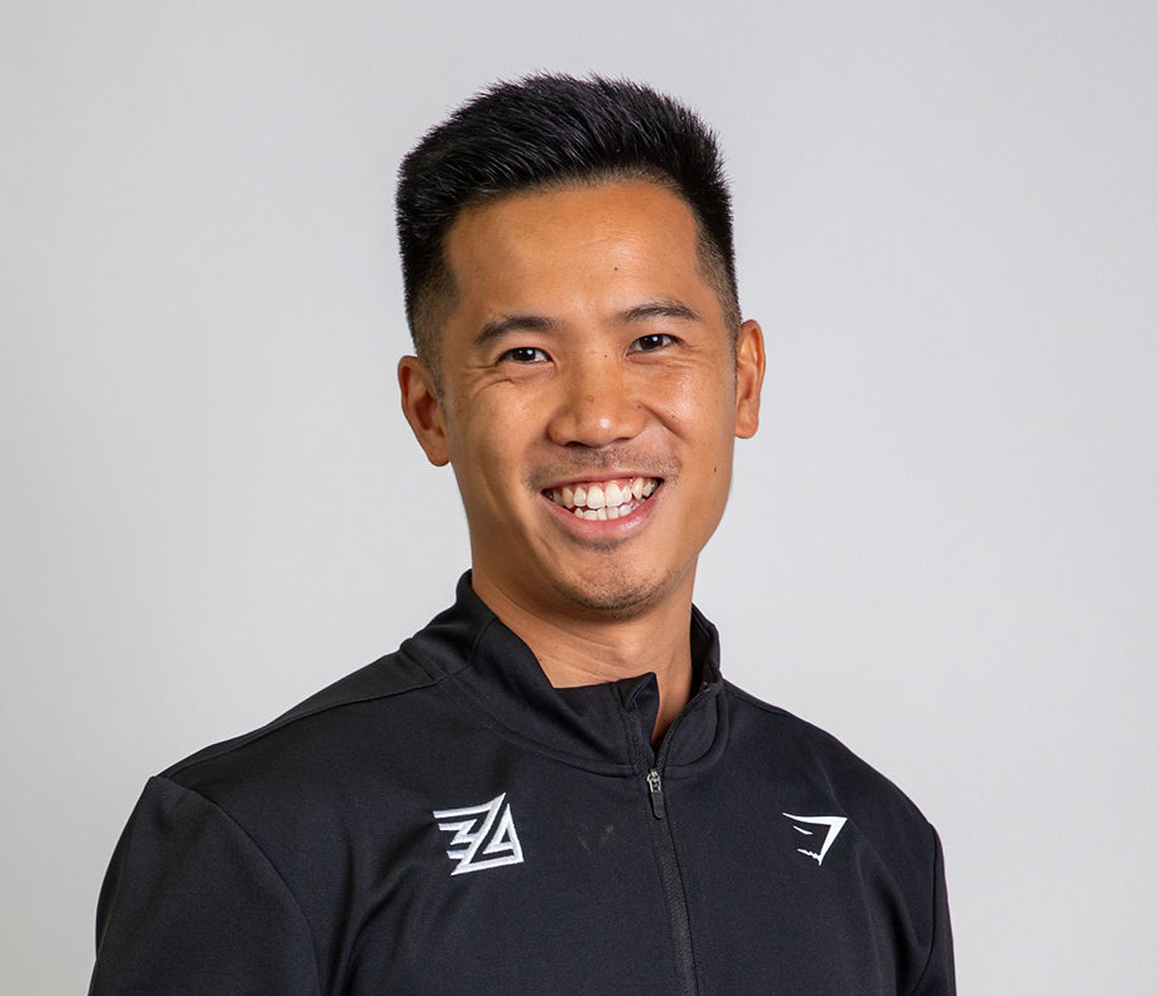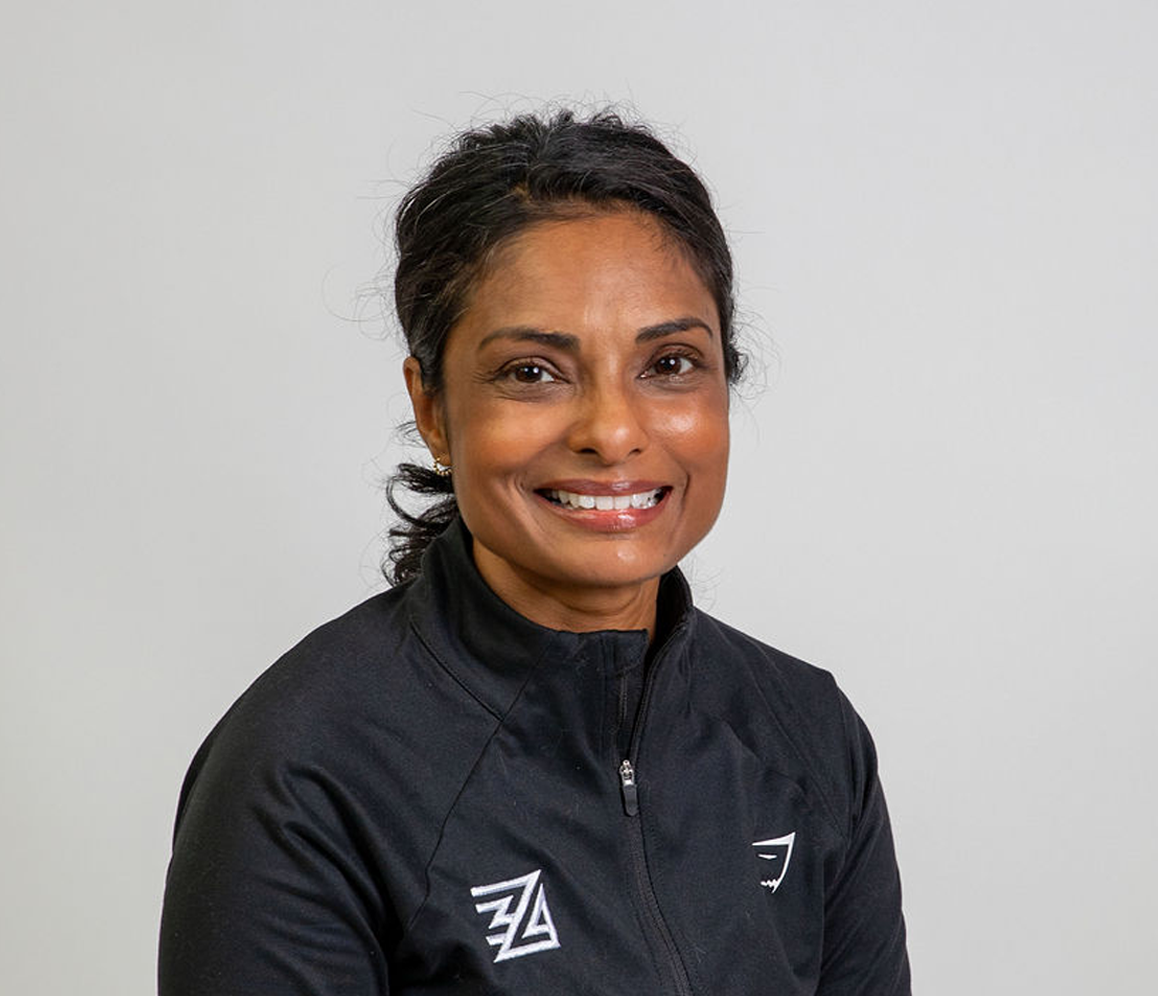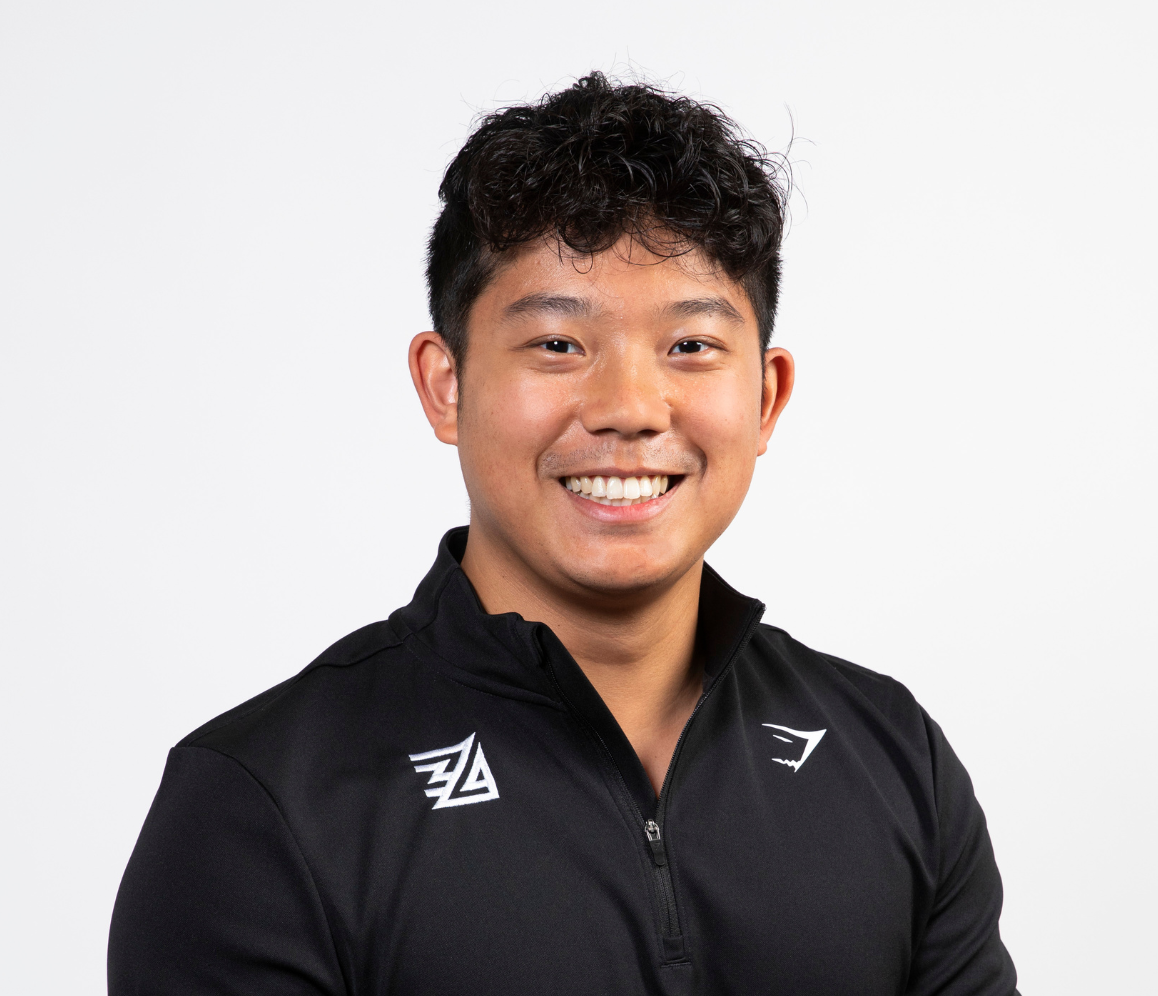Athletic Groin Pain
Simon Hall. Physiotherapist

The groin is defined as the area where the upper thigh meets the lower abdomen. Pain in this area is common in sports that involve kicking, high speed running, and/or changing direction. Groin pain is especially common in sports that involve all three such as soccer or Australian rules football in which ~10% of athletes are expected to develop groin pain in any one season.
Which structures are involved?
The groin is an extremely complicated area with layers of muscles, tendons, joints, ligaments, nerves, blood vessels and organs overlapping with each other.
Groin pain can be broadly split into 7 main categories:
Adductor related groin pain: Implicating the muscles that run up the inside of the thigh, their tendons and their attachment points.
Abdominal related groin pain: Implicating the muscles that cover the stomach, their tendons and their attachment points.
Hip-Flexor related groin pain: Implicating the muscles that run over the front of the hip, their tendons and their attachment points.
Pubic related groin pain: Implicating the bones and joint in the front of the pelvis.
Hip-Joint related groin pain: Implicating the bones and joint where the thigh meets the pelvis.
Nerve related groin pain: Implicating the nerves that originate from the lower back and pass through the groin.
Medical groin pain: Implicating the blood vessels, organs etc. around the groin that can mimic musculoskeletal pain.

The physiotherapists at Zone 34 conduct a thorough clinical examination to determine which structures are likely implicated in a groin pain presentation and can advise whether further imaging (such as MRI) or referral to a medical specialist may be required.
How is Musculoskeletal Groin Pain Managed?
Patient education and exercise-based rehabilitation form the cornerstone of first-line groin pain management. As well as diagnosing the implicated structures, the physiotherapists at Zone 34 use their comprehensive subjective and objective examination to identify targets for rehabilitation. There is no “one-size-fits-all” approach for groin pain rehabilitation. Depending on the results of the clinical examination, management may consist of any combination of:
- Load management and activity modification
- Active and/or passive pain management strategies.
- Technique drills for provocative tasks (Kicking | Change of Direction | High Speed Running).
- Strength and neuromuscular control of the muscles around the trunk and hips
- Strength and neuromuscular control of the kinetic chain (including Calf and Foot Complex).
- Mobility of the joints around the groin and along the kinetic chain (Hip Joints | Lumbar Spine | Ankle Joint).

Your individualised rehabilitation plan will be devised to best help you achieve your goals, returning to the activities that you love and performing at your best!
References:
King, E., Franklyn-Miller, A., Richter, C., O’Reilly, E., Doolan, M., Moran, K., . . . Falvey, E. (2018). Clinical and biomechanical outcomes of rehabilitation targeting intersegmental control in athletic groin pain: prospective cohort of 205 patients. Br J Sports Med, 52(16), 1054-1062. doi:10.1136/bjsports-2016-097089
Thorborg, K., Reiman, M. P., Weir, A., Kemp, J. L., Serner, A., Mosler, A. B., & P, H. O. (2018). Clinical Examination, Diagnostic Imaging, and Testing of Athletes With Groin Pain: An Evidence-Based Approach to Effective Management. J Orthop Sports Phys Ther, 48(4), 239-249. doi:10.2519/jospt.2018.7850
Via, A. G., Frizziero, A., Finotti, P., Oliva, F., Randelli, F., & Maffulli, N. (2019). Management of osteitis pubis in athletes: rehabilitation and return to training – a review of the most recent literature. Open Access J Sports Med, 10, 1-10. doi:10.2147/oajsm.S155077
Weir, A., Brukner, P., Delahunt, E., Ekstrand, J., Griffin, D., Khan, K. M., . . . Holmich, P. (2015). Doha agreement meeting on terminology and definitions in groin pain in athletes. Br J Sports Med, 49(12), 768-774. doi:10.1136/bjsports-2015-094869
Yousefzadeh, A., Shadmehr, A., Olyaei, G. R., Naseri, N., & Khazaeipour, Z. (2018). The Effect of Therapeutic Exercise on Long-Standing Adductor-Related Groin Pain in Athletes: Modified Holmich Protocol. Rehabil Res Pract, 2018, 8146819. doi:10.1155/2018/8146819


